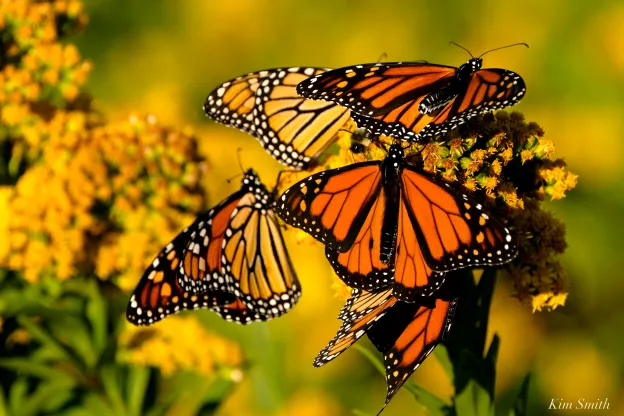Monarch butterflies, those majestic symbols of beauty, are facing a serious crisis. Recent reports have revealed a troubling decline in their numbers, raising concerns about their future survival.
Mexico’s Commission for National Protected Areas made a concerning announcement, stating that the number of monarch butterflies returning to their winter habitats has dropped by a significant 59%. This marks one of the lowest levels recorded since scientists began monitoring these magnificent insects.
The Xerces Society for Invertebrate Conservation, known for its dedication to protecting insects and other arthropods, echoed these concerns. Their annual Western Monarch Count showed a stark decrease in butterfly numbers, with only 233,394 butterflies counted compared to over 330,000 the previous year.
Emma Pelton, a senior biologist at the Xerces Society, has witnessed this decline firsthand. She described how once-thriving butterfly sites are now eerily vacant.
But does this mean the end for monarch butterflies? Not necessarily. While experts are worried about a collapse in their population, complete extinction seems unlikely due to small populations in various countries worldwide. However, the disappearance of these iconic butterflies could still have significant consequences for ecosystems.
Several factors contribute to the decline in monarch populations, all linked to human activity. Climate change, habitat destruction, and pesticide use are among the primary culprits. Rising temperatures disrupt their migration patterns and reduce the availability of their essential food source, milkweed.
Despite the challenges, there is hope. Pelton emphasizes that humans have the power to make a difference by reducing pesticide use and protecting habitat. Many individuals are already eager to help, reaching out to organizations like the Xerces Society for guidance on conservation efforts.
Ultimately, the fate of monarch butterflies rests in our hands. By taking decisive action to address the challenges they face, we can ensure that these magnificent creatures continue to grace our skies for generations to come.















































